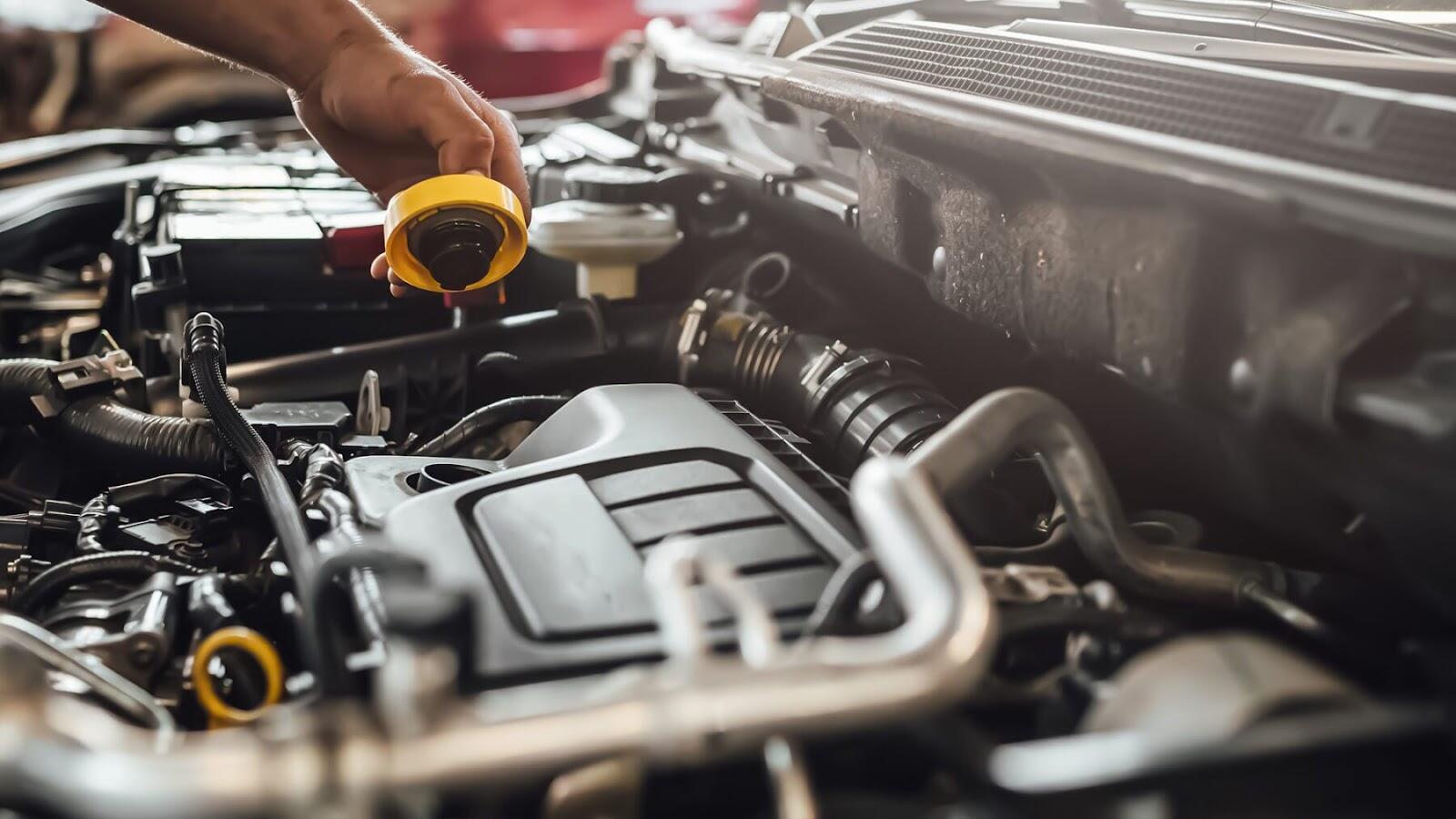Have you ever experienced overheating or coolant leaks in your vehicle? The cooling system plays a vital role in maintaining engine temperature and preventing damage. Diagnosing and fixing common cooling system issues can be challenging, but with our advanced diagnostic tools, the process becomes much more manageable. In this blog, we will discuss frequent cooling system problems and how to effectively diagnose and resolve them using our specialized tools.

[Table of Contents]
- Understanding the Cooling System
- Common Cooling System Issues
- Diagnosing Problems with Our Advanced Tools
- Step-by-Step Guide to Fixing Cooling System Issues
- Preventive Maintenance Tips
- Conclusion
Understanding the Cooling System
The cooling system is essential for regulating engine temperature, ensuring that it operates efficiently without overheating. It consists of several components, including the radiator, water pump, thermostat, hoses, and coolant.
Key Functions of the Cooling System
- Temperature Regulation: Maintains optimal engine temperature for performance.
- Preventing Overheating: Protects engine components from heat damage.
- Coolant Circulation: Ensures consistent flow of coolant throughout the engine.
Common Cooling System Issues
Several issues can arise within the cooling system, leading to performance problems:
1. Coolant Leaks
Coolant leaks can occur due to damaged hoses, a faulty radiator, or a compromised water pump. This can lead to low coolant levels and overheating.
2. Overheating Engine
An overheating engine may result from a malfunctioning thermostat, blocked radiator, or insufficient coolant flow.
3. Low Coolant Levels
Low coolant levels can indicate leaks or evaporation over time, which can compromise the cooling system's effectiveness.
4. Faulty Water Pump
A failing water pump can lead to inadequate coolant circulation, resulting in overheating and potential engine damage.
Diagnosing Problems with Our Advanced Tools
Using our advanced diagnostic tools simplifies the process of identifying cooling system issues:
Diagnostic Scanner
Our diagnostic scanner can read error codes from the vehicle’s computer system, helping pinpoint issues related to temperature sensors or other components.
Pressure Tester
A pressure tester allows you to check for leaks in the cooling system by pressurizing it and observing any drops in pressure.
Infrared Thermometer
An infrared thermometer helps measure surface temperatures of various components, allowing you to identify hot spots that may indicate blockages or inefficiencies.
Step-by-Step Guide to Fixing Cooling System Issues
Here’s a comprehensive guide on how to diagnose and fix common cooling system problems:
-
Preparation:
- Ensure the vehicle is parked on a flat surface and the engine is cool.
- Gather all necessary tools, including our diagnostic tools.
-
Check Coolant Levels:
- Inspect the coolant reservoir and ensure it is at the recommended level. If low, add the appropriate coolant mixture.
-
Inspect for Leaks:
- Use a pressure tester to pressurize the cooling system and look for any visible leaks around hoses, the radiator, and the water pump.
-
Scan for Error Codes:
- Connect our diagnostic scanner to the vehicle’s OBD-II port and check for any error codes related to the cooling system.
-
Test Thermostat Functionality:
- Remove the thermostat and test it by placing it in boiling water to see if it opens at the correct temperature.
-
Examine Water Pump Operation:
- Inspect the water pump for any signs of wear or leakage. Ensure that it is functioning properly by checking for coolant circulation when the engine is running.
-
Flush Cooling System:
- If there are blockages or debris in the system, perform a coolant flush using our flushing kit to remove contaminants.
-
Replace Faulty Components:
- Replace any damaged hoses, thermostats, or water pumps as needed based on your diagnosis.
-
Refill Coolant:
- After repairs are complete, refill the cooling system with fresh coolant and bleed any air from the system as necessary.
-
Test Drive:
- Take the vehicle for a test drive while monitoring temperature gauges to ensure that everything is functioning correctly.
Preventive Maintenance Tips
To keep your cooling system in optimal condition:
- Regular Inspections: Check coolant levels regularly and inspect hoses for wear.
- Flush Coolant Periodically: Follow manufacturer recommendations for flushing your cooling system.
- Monitor Temperature Gauges: Pay attention to temperature readings while driving; address any anomalies immediately.
- Use Quality Coolants: Always use manufacturer-recommended coolants to ensure compatibility and effectiveness.
Conclusion
Diagnosing and fixing common cooling system issues is essential for maintaining your vehicle's performance and longevity. With our advanced diagnostic tools at your disposal, you can effectively identify problems and implement solutions with confidence. Regular maintenance will help prevent future issues and keep your engine running smoothly—don't wait until it's too late!

